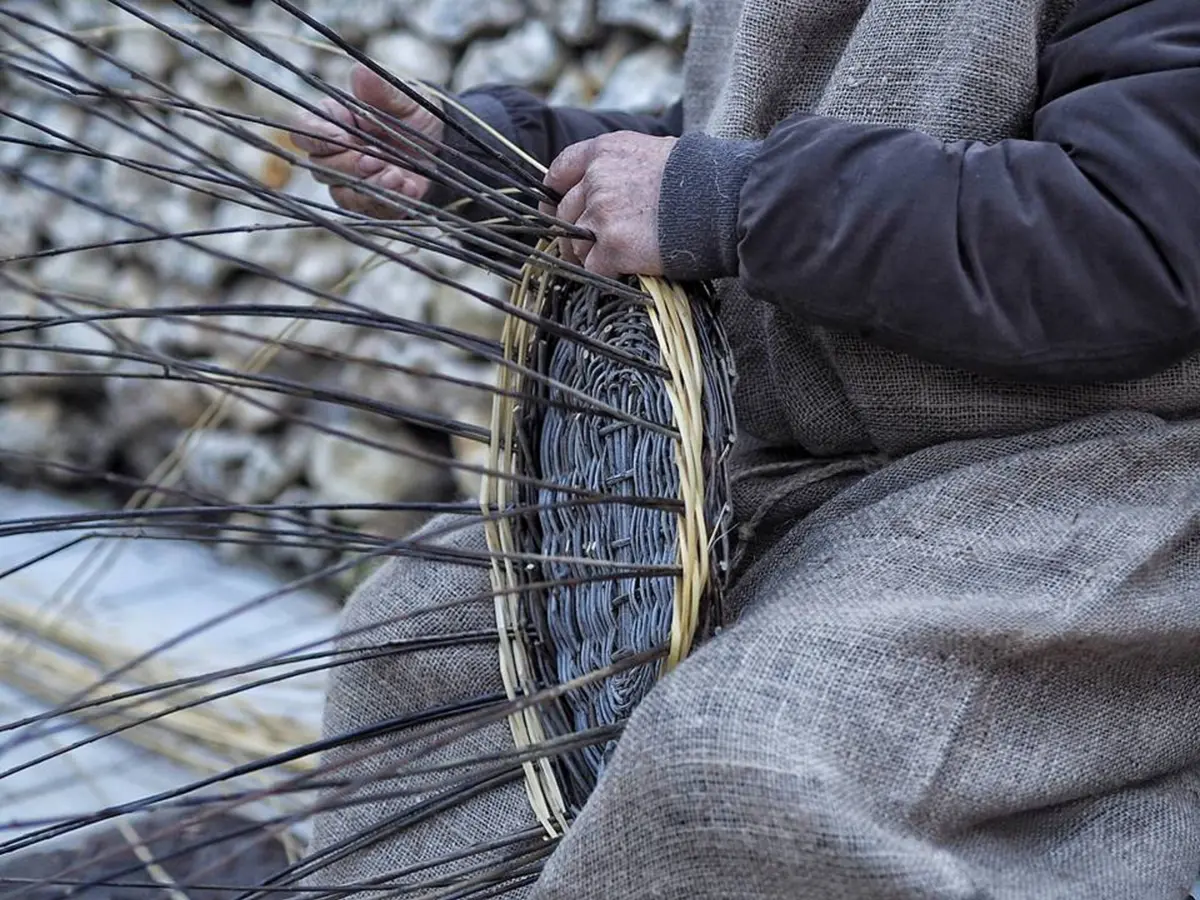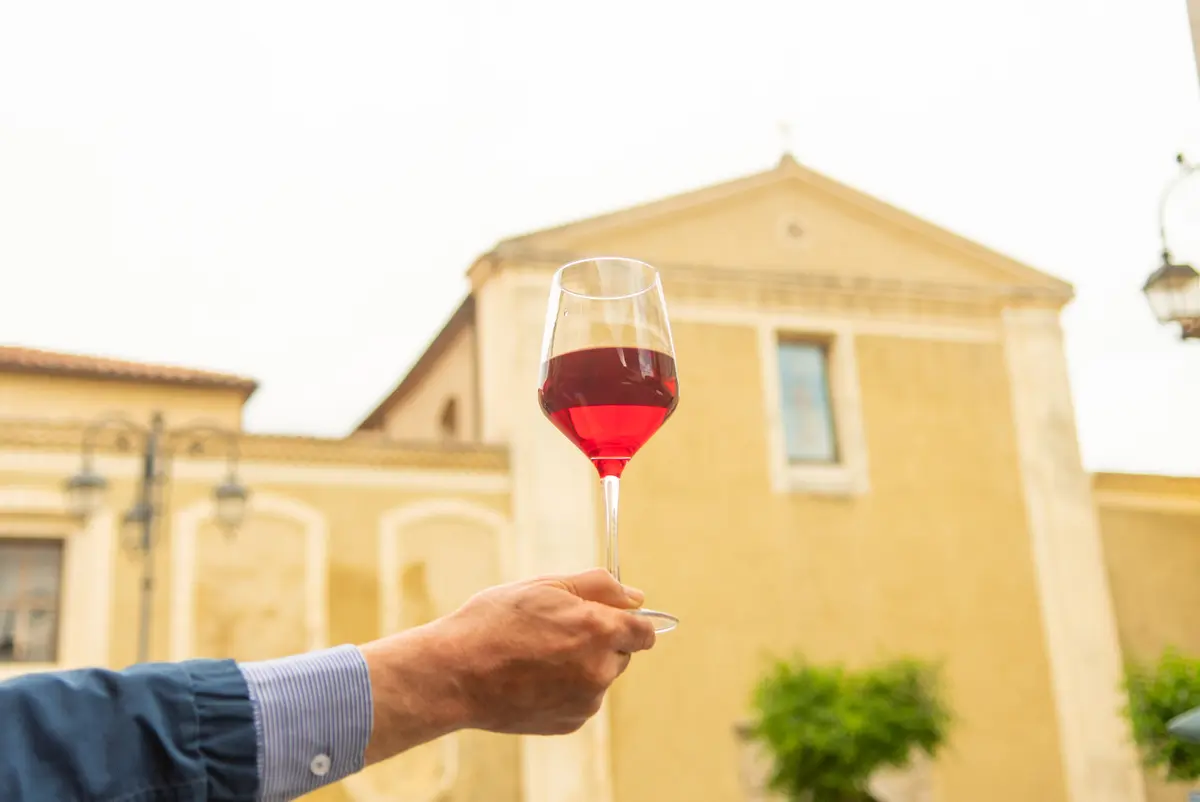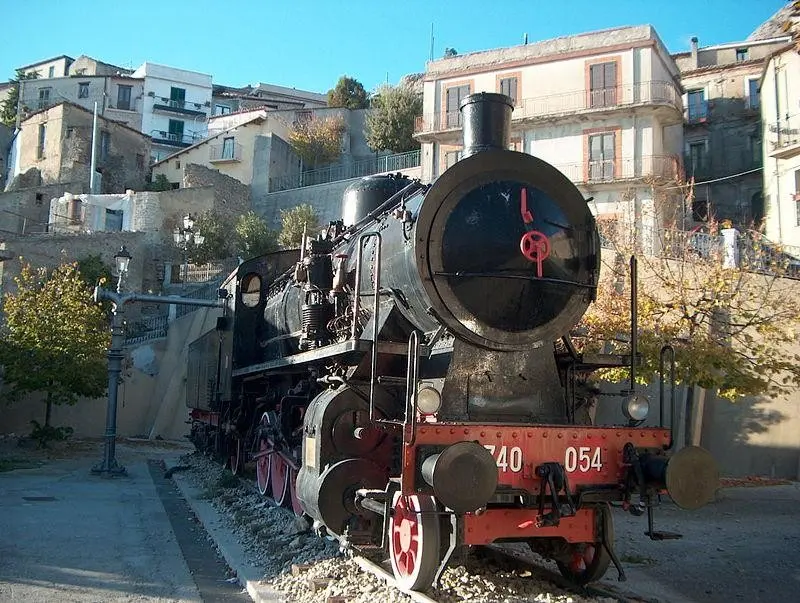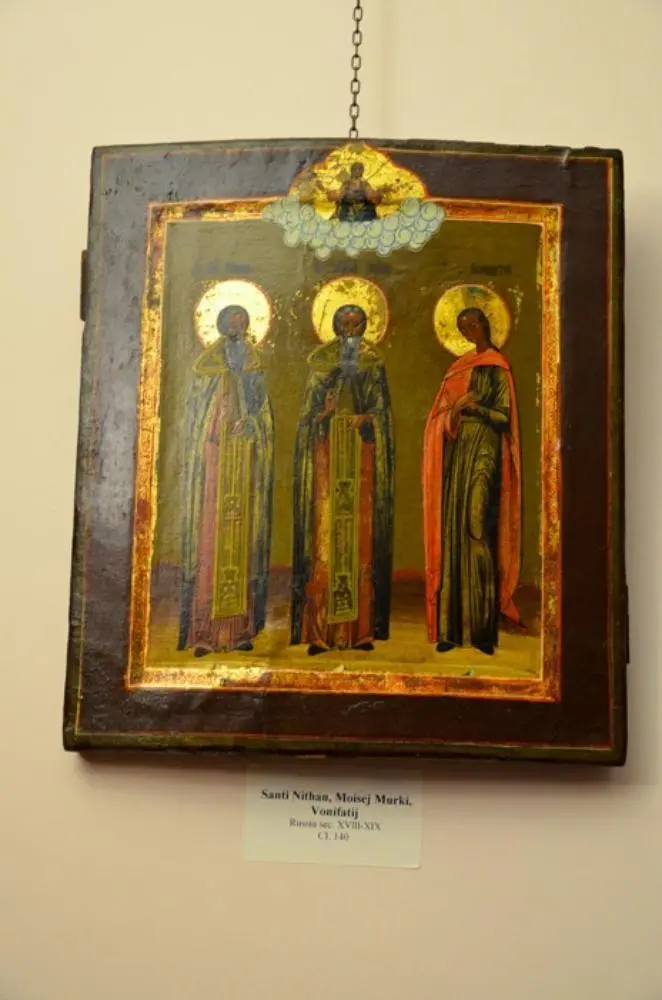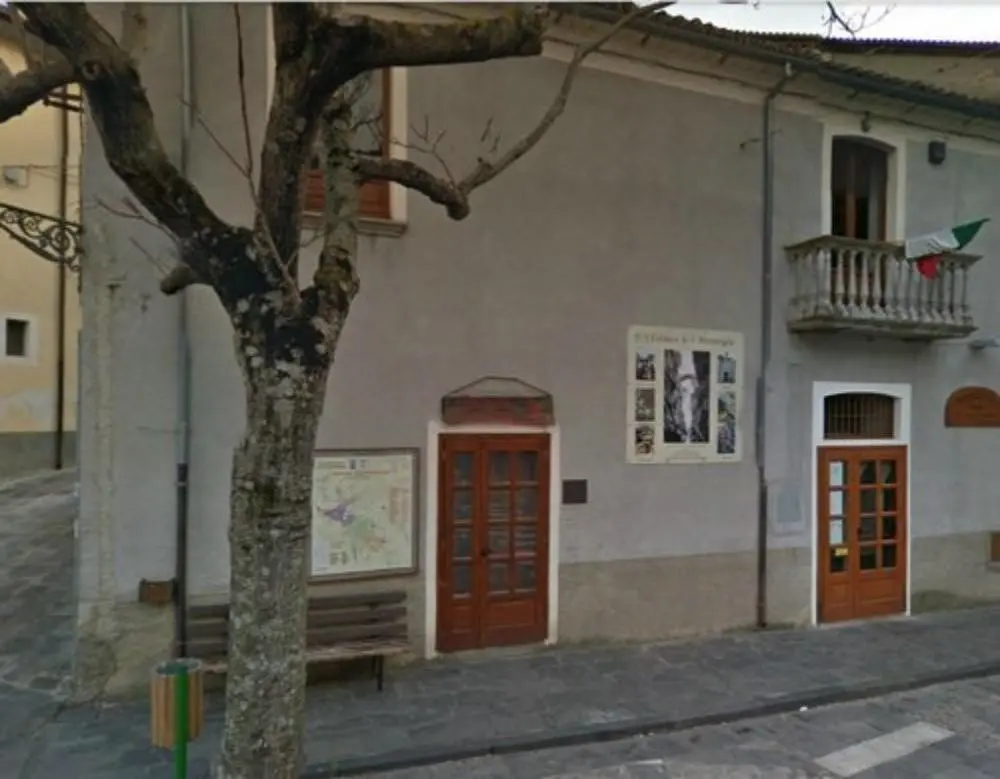Easter in Calabria: rituals not to be missed
Holy Week in Calabria, between sacred and profane

Tradition and folklore
Regione Calabria
Have you ever thought of spending Easter in Calabria? It is the best way to experience the area in the low season and to get to know some of the more intimate and folkloristic aspects of Calabrian and Mediterranean spirituality.
Amidst the fragrances, colours and flavours of spring, the rites of Holy Week in Calabria are imbued with an ancient fascination, capable of holding together the sacred and the profane, involving all who witness them in an atmosphere of community.
From the north to the south of the region, centuries-old traditions are handed down, staging true moments of sacredness between man and nature, as well as evoking the typical customs and traditions of some of the most important ethnic minorities in southern Italy.
Arbëreshë Easter
Among the Easter rites in Calabria, those linked to the Italo-Albanian communities are truly unmissable. The Albanians arrived in Calabria between the 15th and 18th centuries to escape the Ottoman invasion of their homeland, concentrating mostly in the province of Cosenza but also in other provinces. The religious rite followed by the Albanians is Greek-Byzantine. Visiting the Arbëreshë villages of Calabria during Holy Week (Java e Madhe) means taking an active part in one of the most important moments of the community.
Easter in Arbëreshë (Pashkët) is a sumptuous event culminating in the traditional vallje, the characteristic dances of victory and liberation in which the dancers wear brightly coloured traditional costumes (fuchsia, gold and bright green) embellished with gold and jewellery. The vallje are performed in a semicircle, holding each other in a chain, and wind their way through the streets of the village accompanied by epic songs narrating the resistance against the Turks, rhapsodies, and stories of love and death. The most famous of these songs is the Song of Scanderbeg on Easter Tuesday. At the table, there is no shortage of the unmistakable Easter Jova of the Eastern rite: Easter Eggs coloured red.

The ritual of the vattienti
Among the most "bloody" rituals of Easter in Calabria, it is worth noting those of the vattienti (beaters/flaggers), which are similarly performed in the towns of Nocera Terinese (CZ) and Verbicaro (CS). The first testimonies of the rite date back to the 17th century and they narrate it almost unchanged with respect to the suggestion of our days; the vattiente of Nocera Terinese wears a black shirt and shorts, leaving his legs uncovered for the flagellation, which is carried out with two ritual instruments: the thistle and the rose. The first is a piece of cork into which are stuck 13 pieces of glass representing the 12 apostles and Christ; the second is a smooth cork with which the skin is beaten several times to prepare it for bleeding.
Blood, a substantial element of the Christian Passion, gushes copiously along the streets of the procession that accompanies the Procession of Our Lady of Sorrows on Holy Saturday. The Verbicaro ritual is similar, but takes place on Thursday. Witnessing these forms of atonement is a powerful experience (not recommended for the particularly sensitive and suggestible), which nevertheless encapsulates an ancient devotion, an integral part of local identity and folklore.

The Persephones of Bova
Suspended between the sacred and the profane is also the rite of the Persephones of Bova (or Pupazze). We are in Bova, the capital of the so-called Bovesìa, the Greek area in the province of Reggio Calabria, where the ancient Greek of Calabria is still spoken and the communities preserve the customs, traditions and traditional foods of the ethnic minority of origin. In this Greek village, part of the national circuit Italy's Most Beautiful Villages, the sounds of an ancient language echo and unmissable traditions are staged, such as the Procession of the Persephoni that every year, during Palm Sunday, brings to the church an ancient rite linked to the rebirth of the fields in spring. Myth and magic are borrowed from the legendary figure of Persephone (Kora), the beautiful maiden who descended into the underworld as the bride of Hades, who by her absence condemned the earth to six months of frost, only to make it flourish again in the following six months when she returned to visit her mother, Demeter.
In the alleyways of Bova (Chòra tu Vùa), the myth of rebirth overlaps with the Christian rite by carrying in procession the Pupazze, arboreal figures with female features, composed of olive leaves entwined around a bamboo cane. Demeter and Persephone, adorned with fresh fruit and wild flowers, have free access to the Church of San Leo: a few drops of holy water, a trail of incense and the parish priest transforms the Pupazze into Christian creatures. At this point, all that remains is to taste the typical lestopitta and other Greek dishes made with corn, lulled by the sound of the Calabrian lyre.

Easter in Badolato
Among the rites of Holy Week in Calabria not to be missed are the Badolato traditions of Holy Saturday and Easter Sunday. Badolato, among The Most Beautiful Villages in Italy in the province of Catanzaro, is famous for its Holy Saturday procession, which lasts an entire day. The Holy Saturday procession in Badolato consists of a re-enactment of the Passion of Christ with hundreds of participants. The procession starts early in the morning from the centre of the village, on the hillside, and continues until late in the evening, winding its way through the alleys, the small squares overlooking the sea and the immediate surroundings, touching the churches and the most evocative places in the historical centre, such as the Church of the Immaculate Conception and the Convent of the Angels, on the opposite hill. The procession sees the participation of hundreds of figures dressed as Roman soldiers, flagellants and Jews, who stage the different moments of the Stations of the Cross. The Easter rites in Badolato conclude on Sunday morning with the traditional Cumprùnta.

https://calabriastraordinaria.it/en/news/easter-in-calabria-rituals-not-to-be-missed

